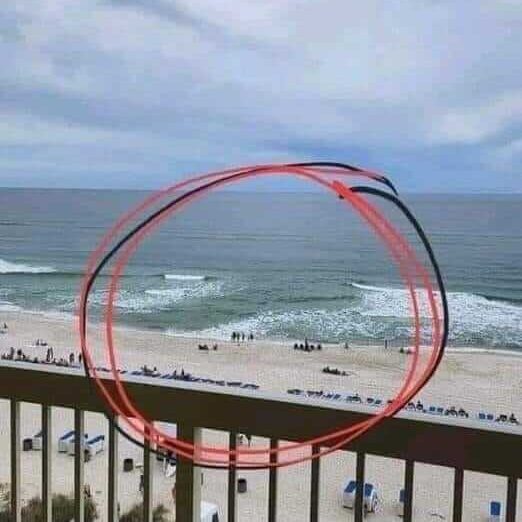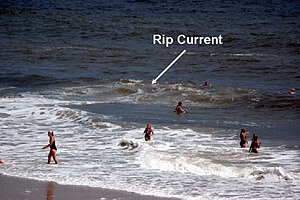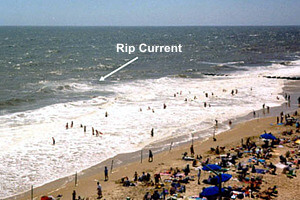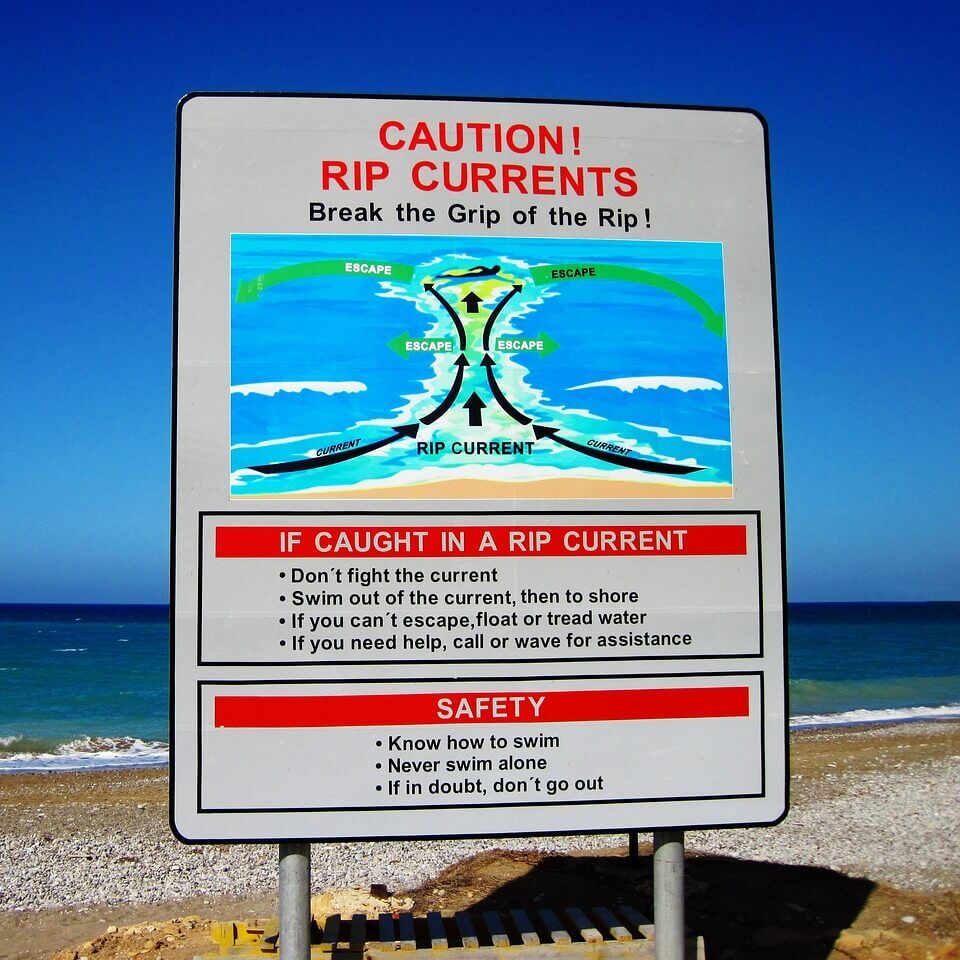A Guide on How to Spot a Rip Current

Hey there, beach lovers! Are you ready to hit the waves? Before you dive in, let’s talk about something super important: rip currents. They might sound like the villain in a surf movie, but trust me, understanding them could save your life. So, grab your sunscreen and let’s dive into this guide together!
Understanding Rip Currents
Have you ever wondered what causes those sneaky rip currents? Well, it’s a combination of factors, like tides doing their dance and weather playing its part. These currents are like secret agents of the sea, lurking beneath the surface and ready to catch unsuspecting swimmers off guard.

But how do you spot them? Picture this: you’re standing on the shore, soaking up the sun, and suddenly, you notice the water’s colour changing or the waves behaving oddly. Bingo! You might be looking at a rip current. Keep an eye out for any foam lines or debris being pulled seaward—that’s another telltale sign.
Dangers of Rip Currents
Alright, let’s dive into the stuff. Rip current may appear innocent at a glance. They’re more cunning than you think. They have the ability to swiftly pull the skilled swimmers away into the ocean before you know it. Surprisingly, rip currents lead to a number of accidents at beaches annually. Despite their tranquil facade, they act as threats lurking in the ocean.
How to Spot a Rip Current: Cracking the Code
How can you detect these elements? It’s about being observant of your environment. How can you recognize these currents? Here are some unmistakable indicators;
- Water Woes: Look for differences in water colour or texture. Rip currents often appear calmer and may have a slightly different hue compared to the choppier surrounding water.

- Foam Fantastic: Discoloration and foam lines running perpendicular to the shore can indicate a rip current’s path.

- Debris Dash: Pay attention to floating objects like seaweed or leaves. If they’re being pulled out to sea in a straight line, that’s a vital sign of a rip current.
Trust your instincts, and if something feels off, it probably is. And remember, rip currents are sneaky little buggers. They can appear out of nowhere, catching even the most vigilant beachgoers by surprise. That’s why it’s crucial always to stay alert and never underestimate the power of the ocean.
Safety Tips for Navigating Rip Currents: Riding the Waves Safely

When you’ve learned how to identify a current, let’s discuss ways to stay safe while swimming. If you ever get caught off guard in a rip current, staying composed is crucial. Getting flustered can muddy your thinking. Make matters worse. Here’s what you should do;
- Don’t Fight the Flow: Swimming directly against a rip current will only exhaust you. Remember, they’re powerful!
- Swim Parallel: Instead, stay calm and swim parallel to the shore until you’re out of the current’s grip. Then, swim back to shore at an angle.
- Ride the Waves: Utilize the waves to your advantage. Bob with the current and allow yourself to be carried sideways until you escape the rip’s pull.
- Signal for Help: If you’re struggling, don’t hesitate to wave your arms or call out to lifeguards for help.
Remember, there’s no shame in asking for assistance when you need it.
Educating Others: Spreading the Word
Being passionate about the ocean, we have a duty to educate others about rip currents and hidden dangers in the water. Let’s share on this information to our loved ones, friends, and fellow beach enthusiasts. By working together, we can make sure everyone stays safe while having fun by the sea.
Resources for Further Information: Diving Deeper
Fear not if you’re hungry for more information about rip currents and water safety! There are plenty of resources available to quench your thirst for knowledge. Here are some valuable resources:
- Reputable organizations’ websites, such as the National Oceanic and Atmospheric Administration (NOAA) and the United States Lifesaving Association (USLA), offer comprehensive information on rip currents.
- Look for online safety guides and educational materials with visual aids and detailed explanations.
- Consider enrolling in lifesaving technique training courses to gain practical skills and prepare to help others in need.
Conclusion: Stay Safe, Stay Informed
Alright, everyone—that’s a wrap! We’ve discussed all the information about currents, including how they behave deceptively and ways to stay safe. Just keep in mind that the ocean can be unpredictable. Armed with the knowledge, you can navigate its waters safely. So when you head to the beach, stay alert. Make sure to stay safe!



